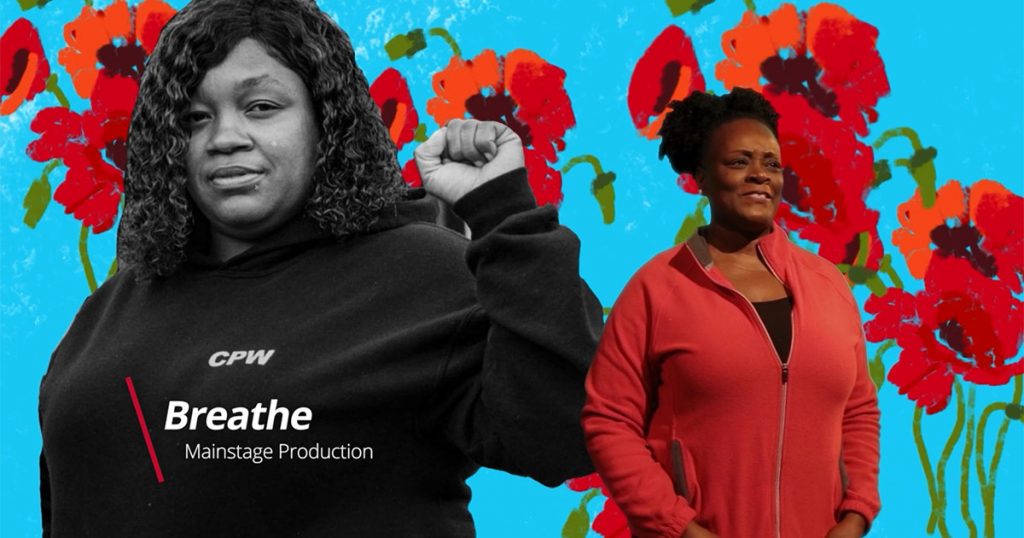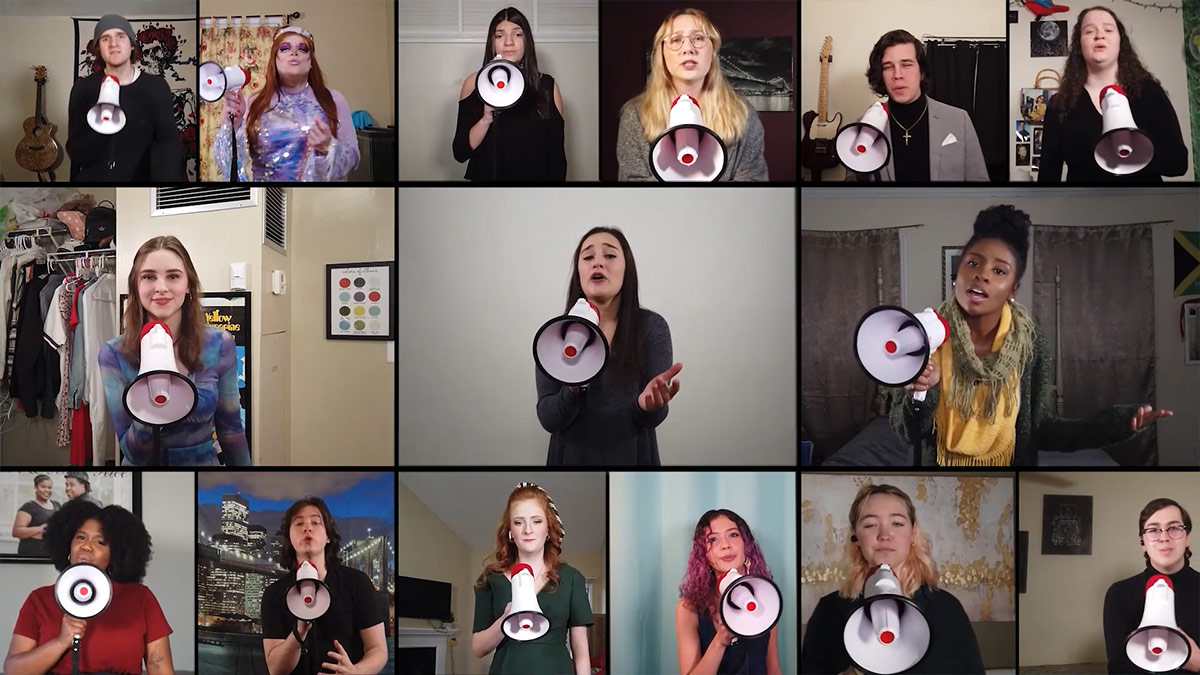
With roots that date back more than a century ago, the Department of Theatre of Films Studies at the University of Georgia has a long-standing tradition of preparing students to become leaders in theatre, film, and digital media practice. Part of their curriculum has included putting on intricate, headlining theatrical shows several times a year for audiences to enjoy. However, this program was directly impacted due to the COVID-19 pandemic.
Discover how the University of Georgia, by partnering with AT&T and IBM, was able to not just successfully pivot performances to online with great video quality and content security, but also expand their programming.
Pivoting in the face of a pandemic
Like many, UGA was facing the dilemma of continuing activities against the problematic backdrop of the COVID-19 pandemic. This greatly impacted the rich theater program there, which traditionally would put on 6-7 large shows a year. Consequently, this all had to change.
“We pivoted completely by the Summer of 2020,” mentioned David Saltz the Head of the Department of Theatre and Film Studies and Executive Director of Ideas for Creative Exploration for UGA. “We decided to go completely online, although we were facing a tight timeline. Everything had to happen very quickly. This included negotiating the rights for broadcasting and streaming of the plays that we had planned. Normally we have a year of ramp up for these programs, but with this timeline we knew we’d have to be scrambling up until the last minute of performances. What’s more is that we really hadn’t done any live streaming ourselves as part of the theatre department. So we needed partners that could handle the video delivery securely, support high quality video, and offered reliable ease of use.”
Going virtual
By partnering with AT&T and IBM, UGA was able to tap into a robust live streaming solution. This included addressing video delivery, the video player experience, offering a dashboard for management of content and added functionality for donation payment processing. The setup allowed faculty and students to manage production aspects, even from those without prior experience. Furthermore, the solution was built with reliability and security in mind. The video delivery component featured virtually real time optimization, that would gauge the end user’s experience and try to optimize using the vast network of delivery sources from IBM. Streams were also not stored locally and were unable to be directly downloaded using the platform, maintaining UGA’s control over broadcasting and distribution of the performances.
Remote live streaming production
With their partners in place, UGA began to focus on the actual production and execution of the performances. This would involve having people in different locations, to social distance, while also having a green screen studio that could be used. Those different locations were often times apartments, which would be sent cameras and lighting kits. Designers would also work toward transforming these locations into essentially stages. As with normal performances, rehearsals would take place. Part of this would also include simulating the broadcast ahead of time, discovering workflows with talent and production teams alike. This proved vital because, as both a theatre and film studies department, they were well aware of the different challenges for each.

“We were all learning as we went along,” said David Saltz of UGA. “Feedback from students and those putting it on was that they really learned and appreciated planning the camera angles and different elements that create an engaging video stream. On top of this we also had to deal with factors due to COVID-19 and having multiple locations where the filming would happen. This sometimes was problematic, like if someone at a location caught COVID-19 that would mean the camera and equipment at their place would be inaccessible for 48 hours. We ended up mixing pre-recorded video with live video for the final product on many of these performances. Despite these hurdles, we eventually got it down to a science and by the end it was all going very well.”
Reception and expansion
Using solutions from AT&T and IBM, UGA was able to broadcast their performances live to viewers. Leveraging the strength of the IBM Video Streaming platform, which has been proven to support global audiences of over a million concurrent viewers on a single stream, UGA also expanded their audience. This included not just those in the same state or even the same country, but also attracting a worldwide viewership for performances.
“Overall reception for the live video performances was fantastic,” said David Saltz of UGA. “The quality was leaps and bounds better than what audiences were used to from social platforms. Video and audio quality is crucial for theatre, and from patron feedback we were really able to achieve both with these live streamed shows.”
Performances were broadcast with the ability for the audience to donate to the school and theatre department. This allowed patrons to support the programs from an approach that didn’t require everyone to pay. The model rolled out with a small suggested donation, but people could choose to donate more, and many did. As a result, even with licensing and other related costs the program was able to break even from donations.
In addition, after utilizing the solution, UGA expanded their calendar of events. This included not just broadcasting the main stay shows, but also encompassing thesis projects from the theatre department and those from student groups. As a result, the number of events and performances more than doubled from a normal year.
Creating an encore experience
Going into the project, UGA expected to do live streaming only. What was quickly discovered, though, were different audience expectations on the experience.
“We anticipated this would be live only, with a real time showing at 8:00PM and that would be it for the performances for that day,” said David Saltz of UGA. “To our surprise, what we found was that a number of people were coming late or would even show up the next day still trying to watch. They still expected to be able to see the performance, even though the live event was over. As a result, we adapted. The rights we negotiated prevented us from having an out and out on demand library of shows. So, what we created was an encore experience. This allowed the performances to be available for a brief three-day window as on demand. The reception to this approach was overwhelming positive, as we were able to cater to this audience that was missing the start of the live shows.”
The future
The semester’s programming behind them, the next step is the future for video streaming at UGA.
“We are currently in discussions for what the future looks like,” said David Saltz of UGA. “We decided we didn’t want to lose the virtual element, but people really are looking forward to that face-to-face experience. Hybrid could be a solution, but it would need video production with multiple cameras to make it meaningful. That’s being explored, although we are only doing four main shows next year. On top of that we still want to create virtual only performances, expanding out again from the main shows, due to the great experience with those that we had so far. We’re also looking to introduce new processes for those as well, such as enabling IBM chat feature for audience members to interact with us.”